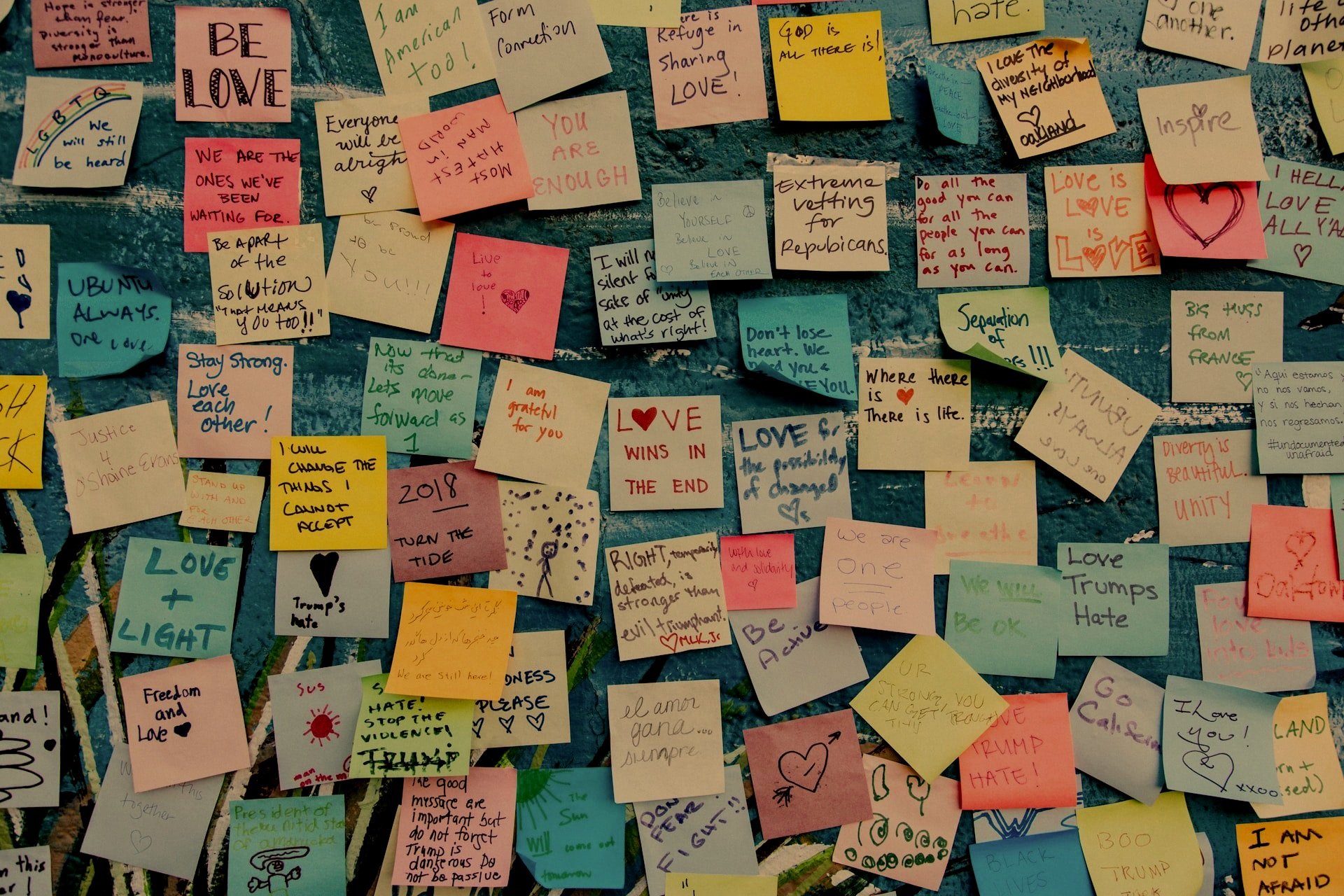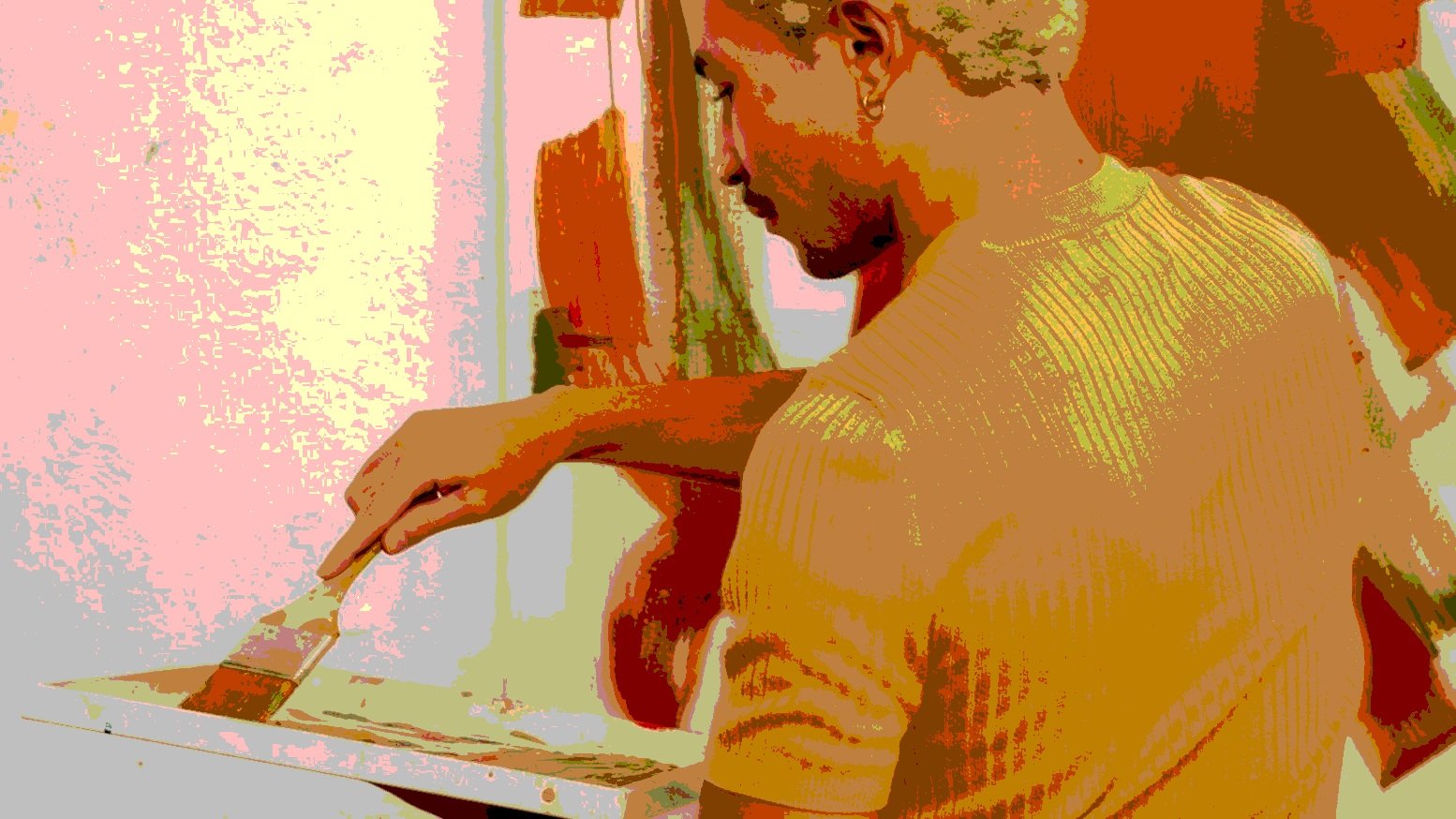The Role of Creativity in Problem-solving and Innovation

Creativity is an essential human trait that fuels our ability to adapt, evolve, and overcome challenges. In today's fast-paced and ever-changing world, the role of creativity in problem-solving and innovation is more critical than ever before. Let’s explore the importance of creativity in these domains, the cognitive processes involved, and how we can foster and harness our creative potential.
In a world where complex problems are the norm, creative thinking has become an indispensable tool for individuals and organizations alike. Creativity is pivotal in our ability to devise innovative solutions and adapt to new challenges.
Creativity as a Catalyst for New Solutions
One of the key aspects of problem-solving is the ability to generate novel and practical solutions. Creativity allows us to think beyond the boundaries of conventional wisdom and approach challenges with fresh perspectives. By engaging our creative faculties, we can identify unique strategies and uncover hidden opportunities that might otherwise remain undiscovered.
Creative problem-solving requires us to break free from traditional thought patterns and embrace the unknown. This process often involves experimentation, risk-taking, and a willingness to learn from failure. In essence, creativity in problem-solving empowers us to continually evolve, refine, and optimize our approaches to the challenges we face.
The Role of Divergent Thinking
A core component of creativity is divergent thinking – the process of exploring multiple potential solutions to a problem. Divergent thinking promotes cognitive flexibility, enabling us to shift our perspective, break free from linear thought patterns, and consider a wider range of possibilities.
Divergent thinking is closely tied to brainstorming, a technique commonly used to encourage the generation of new ideas. By creating an open and non-judgmental space for idea-sharing, individuals and teams can tap into their collective creative potential, fostering a wealth of diverse solutions that might otherwise remain untapped.
The Intersection of Novelty and Utility
Innovation is born from the intersection of novelty and utility – the development of new ideas or products that also serve a practical purpose. Creativity is the driving force behind this process, as it enables us to envision groundbreaking concepts and develop revolutionary technologies. By fostering a creative mindset, individuals and organizations can more effectively navigate the complex landscape of innovation, staying ahead of the curve and contributing to societal progress.
Innovation is the lifeblood of progress, driving advancements in technology, science, and numerous other fields. At the heart of innovation lies creativity, which propels us to think differently, challenge the status quo, and reimagine the world around us.
Creativity and innovation are synergistic, with each feeding and amplifying the other. Creative thinking pushes the boundaries of what is possible, while the process of innovation provides tangible outcomes that, in turn, inspire further creativity. This dynamic interplay between creativity and innovation is the engine of human progress, driving us to continually challenge, adapt, and grow.
Encouraging a Culture of Creativity and Collaboration
Creativity thrives in environments where ideas can be freely exchanged, diverse perspectives are valued, and collaboration is encouraged. By fostering a culture that embraces creative thinking, organizations can tap into their teams' collective knowledge and expertise, fueling innovation and growth. In this way, creativity is the foundation for a vibrant and dynamic culture that drives individual and organizational success.
Establishing a culture of creativity often involves creating an atmosphere of psychological safety, where team members feel comfortable sharing their ideas without fear of judgment or ridicule. This environment allows for the free flow of thoughts and ideas, promoting the cross-pollination of insights and fostering a sense of collective ownership and investment in the innovation process.
Cultivating and Harnessing Creative Potential
As we've explored the importance of creativity in problem-solving and innovation, it's evident that nurturing our creative potential is vital for personal and professional success.
Embracing a Growth Mindset
One of the keys to unlocking our creative potential is adopting a growth mindset, which emphasizes the belief that our abilities can be developed through hard work and dedication. By embracing this mindset, we become more open to learning, experimentation, and risk-taking – all essential for creativity and innovation.
A growth mindset encourages us to view challenges as opportunities rather than insurmountable obstacles. This perspective fosters resilience and adaptability, empowering us to persist in the face of adversity and maintain our creative pursuits even when faced with setbacks and failures.
Nurturing Curiosity and Exploration
Curiosity and exploration are vital to the creative process. By cultivating these qualities, we can foster a sense of wonder and open-mindedness, allowing us to approach problems with a sense of possibility and an eagerness to discover new solutions. Encouraging curiosity and exploration can be as simple as asking open-ended questions, seeking new experiences, or engaging in activities that challenge our assumptions and preconceptions.
Creating opportunities for curiosity and exploration also involves exposing ourselves to diverse perspectives and ideas, whether through reading, attending workshops, or engaging in conversations with people from different backgrounds and disciplines. By broadening our horizons and embracing various experiences, we can stimulate our creativity and enrich our understanding of the world.
Final Thoughts
The role of creativity in problem-solving and innovation cannot be overstated. As a powerful catalyst for generating novel ideas and driving societal progress, creativity is an invaluable asset in our rapidly evolving world. By understanding the cognitive processes involved and nurturing our creative potential, we can harness the power of creativity to forge innovative solutions, overcome challenges, and shape a brighter future.






